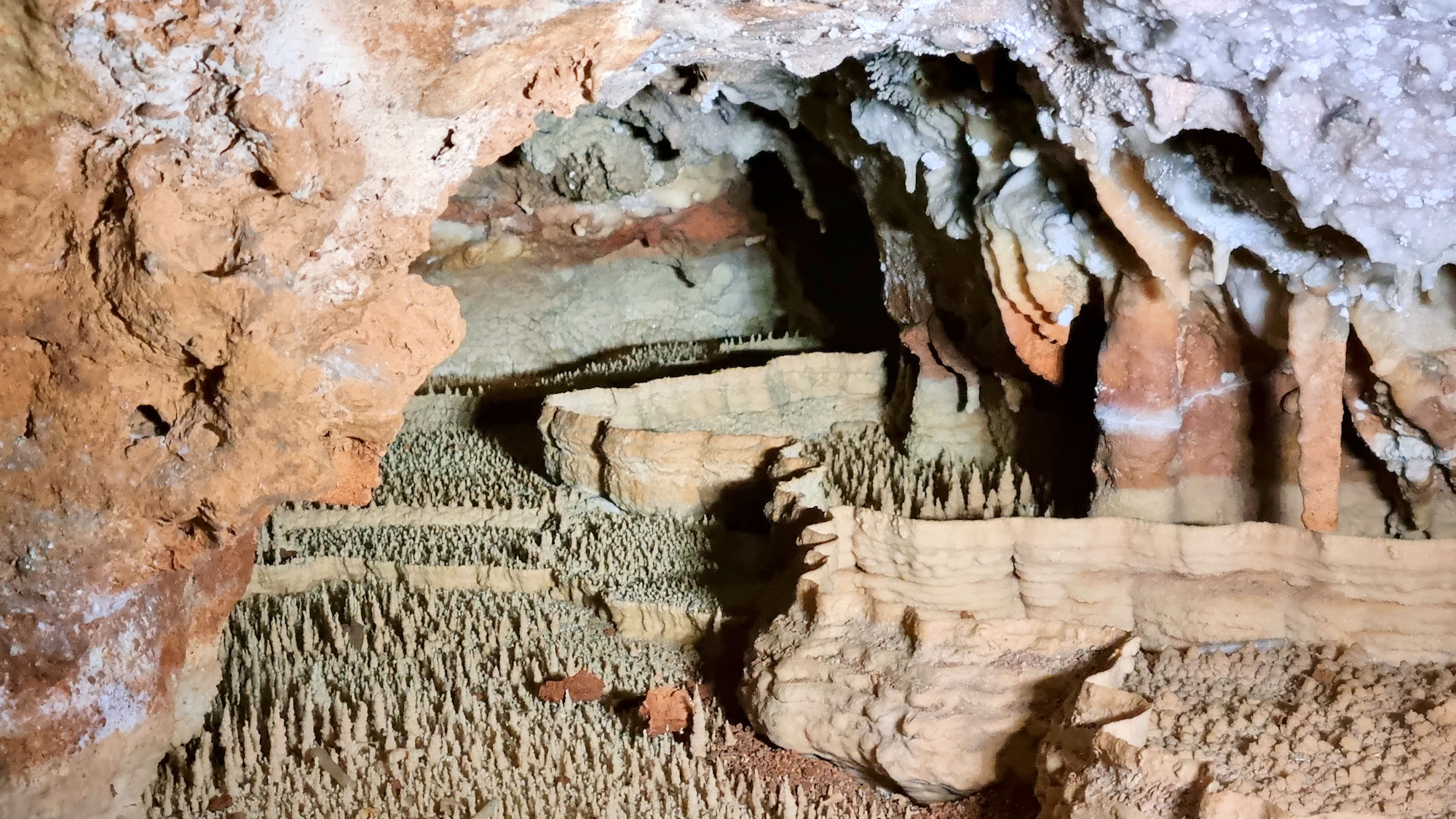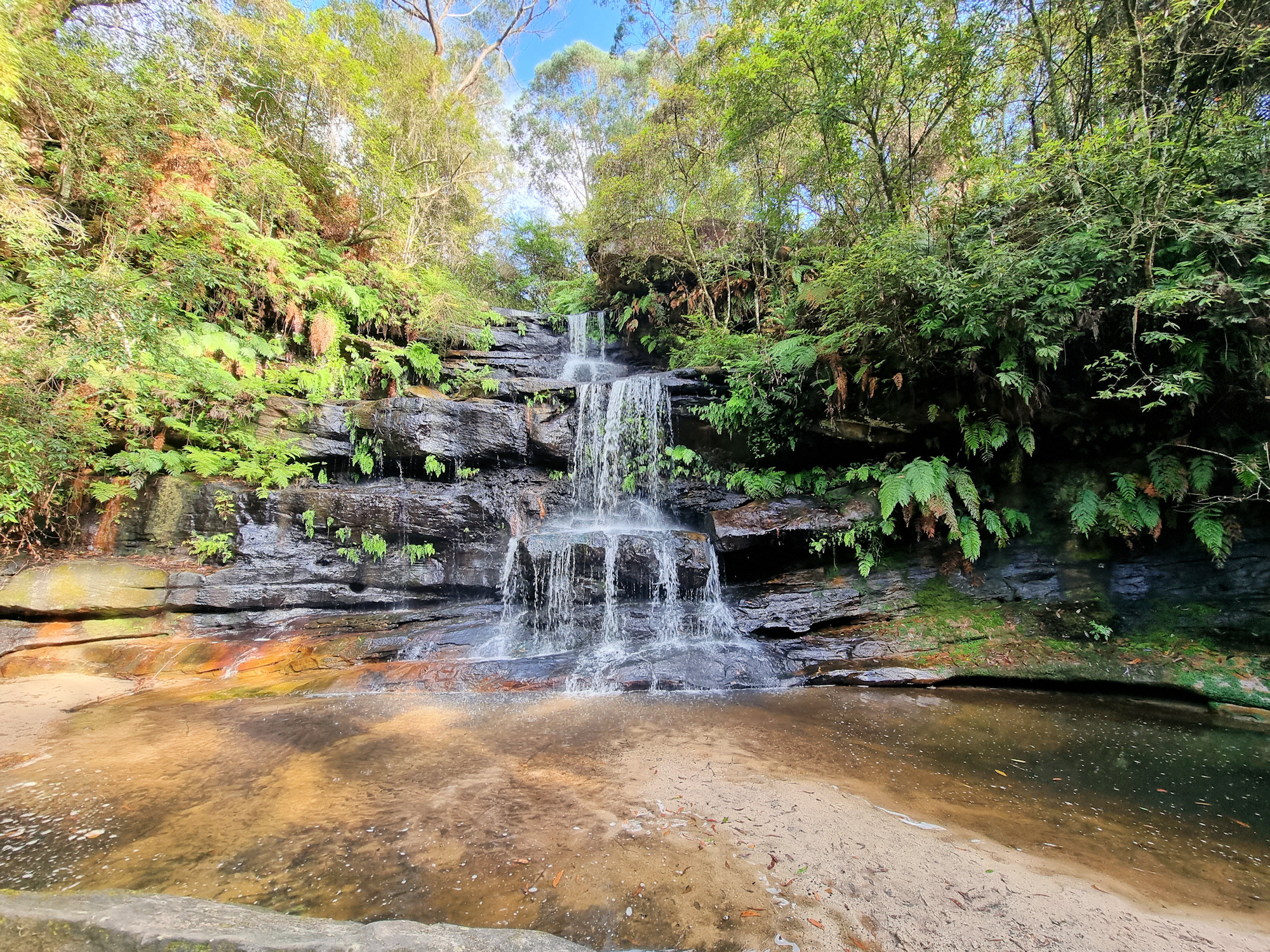Category: Bushwalking
-
Box Vale Walking Track Tunnel
Box Vale Walking Track and Tunnel Only a ten-minute drive from the centre of Mittagong, the Box Vale Walking Track and Tunnel is an amazing bush walk. Not only do you get to see Australian bush, but a rail cutting and old, disused tunnel. There are two easily accessible places to start the walk. The… Read more
-
Wombeyan Caves

Wombeyan Caves Hit by the triple disasters of bushfires, floods and Covid, our visit to Wombeyan Caves was not as extensive as we planned. The fires of 2020 damaged the surrounding country severely, removing much of the vegetation. The heavy rain and floods that followed resulted in land slips and damage to all walking tracks.… Read more
